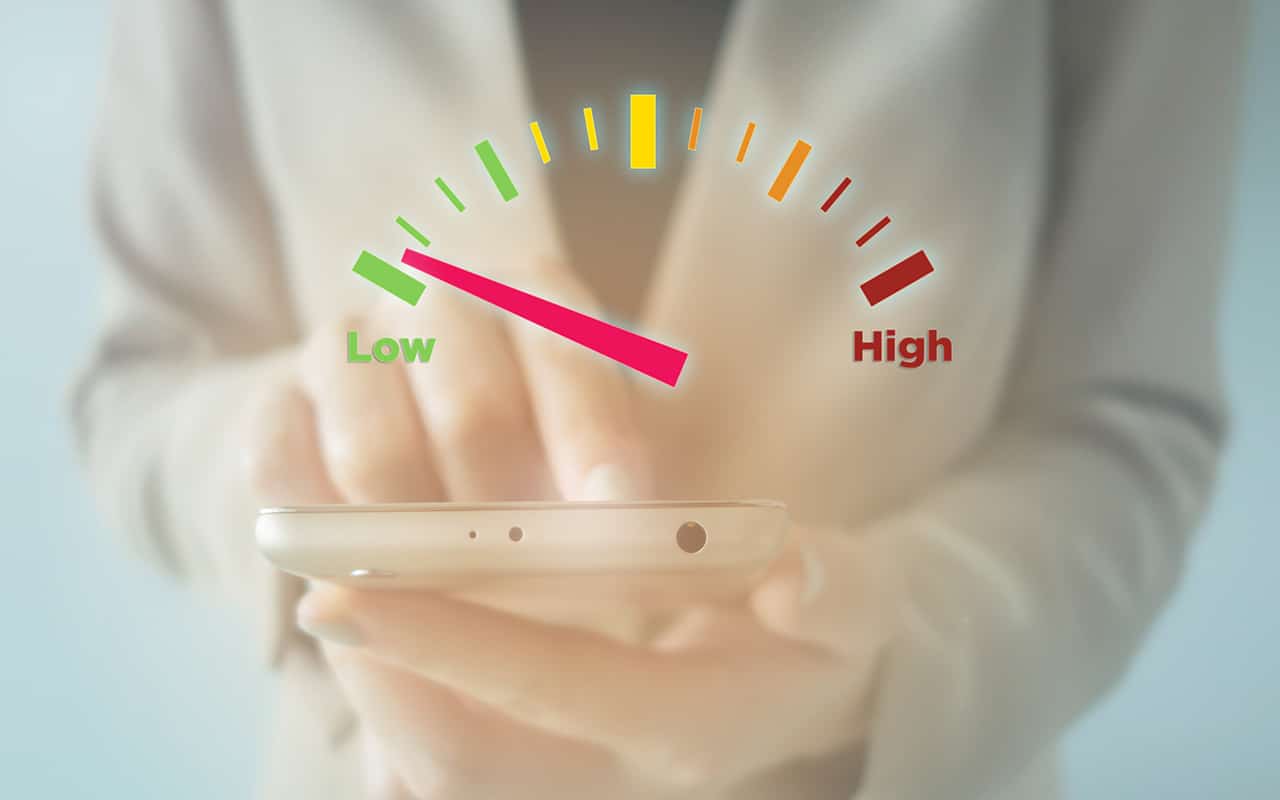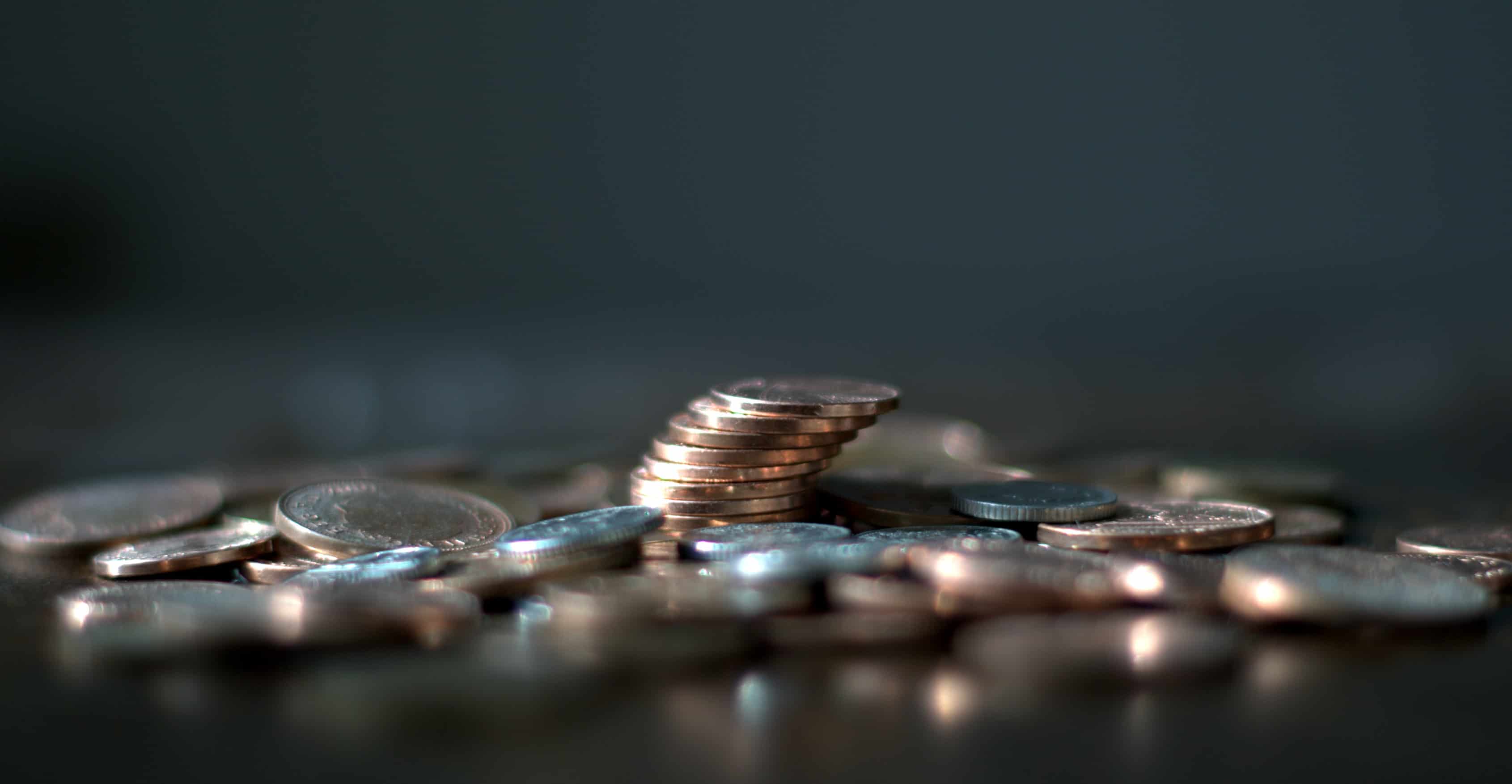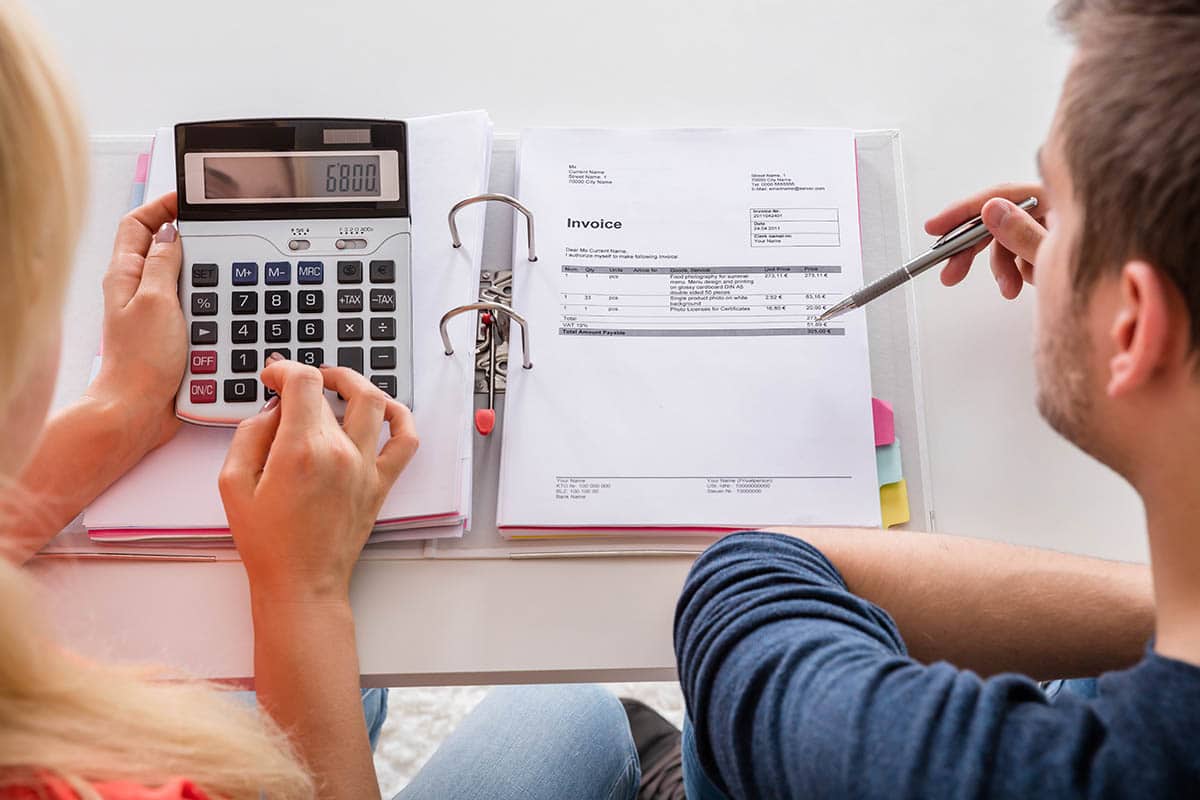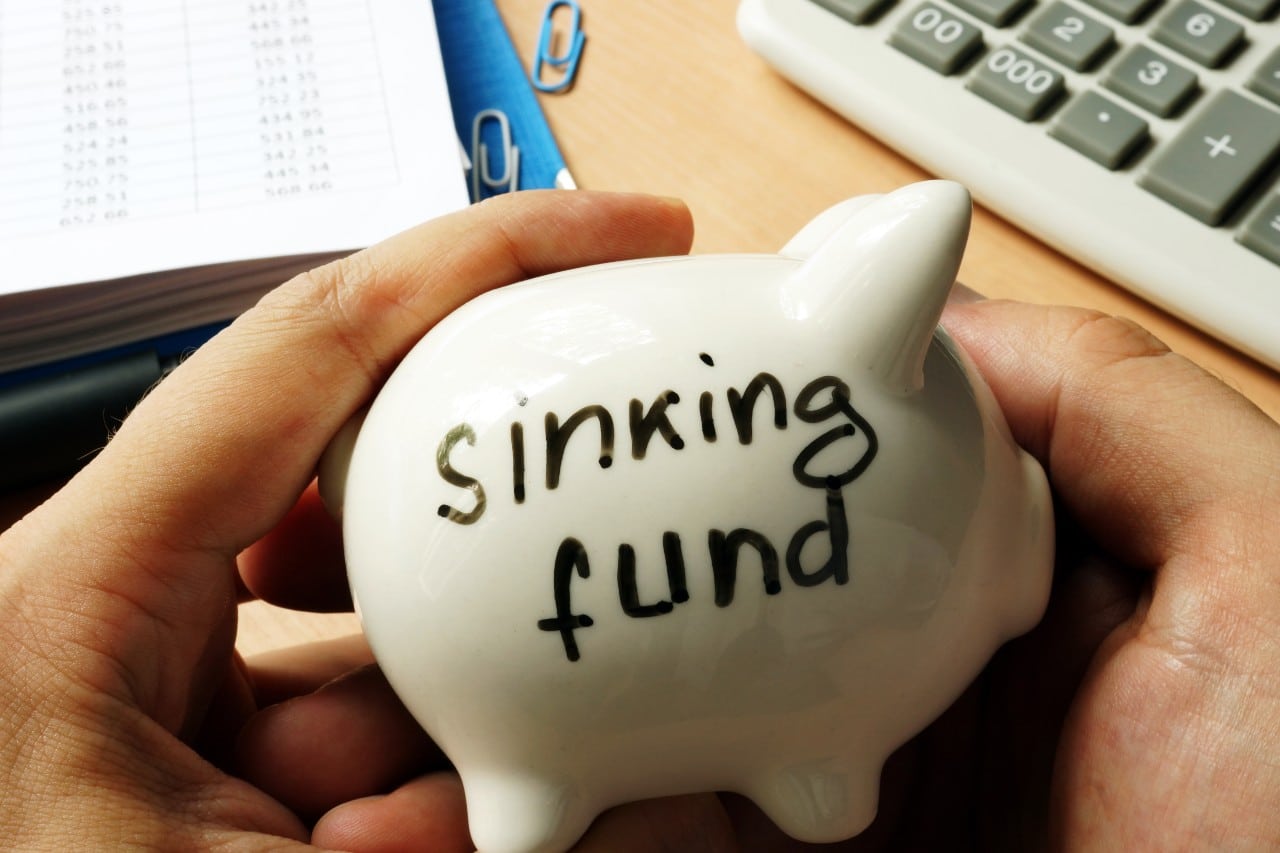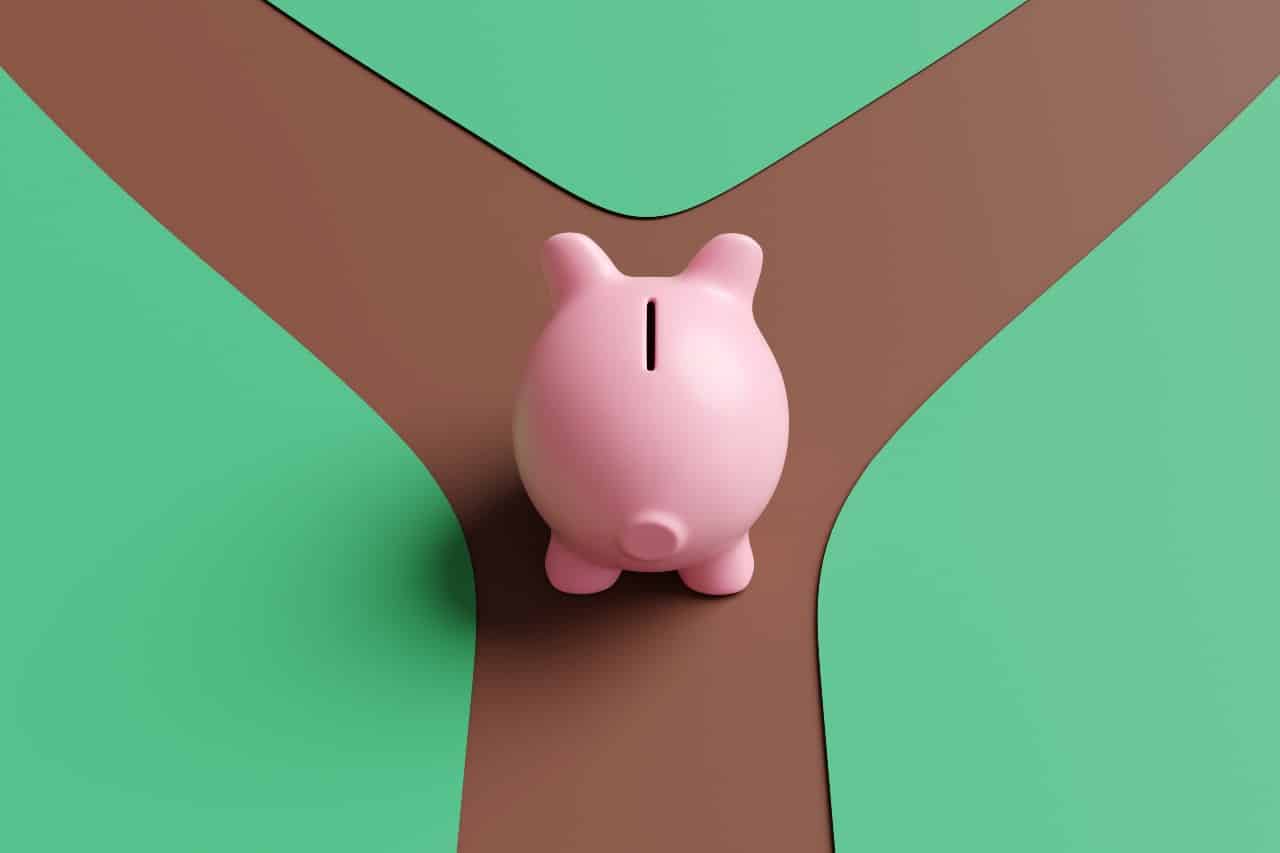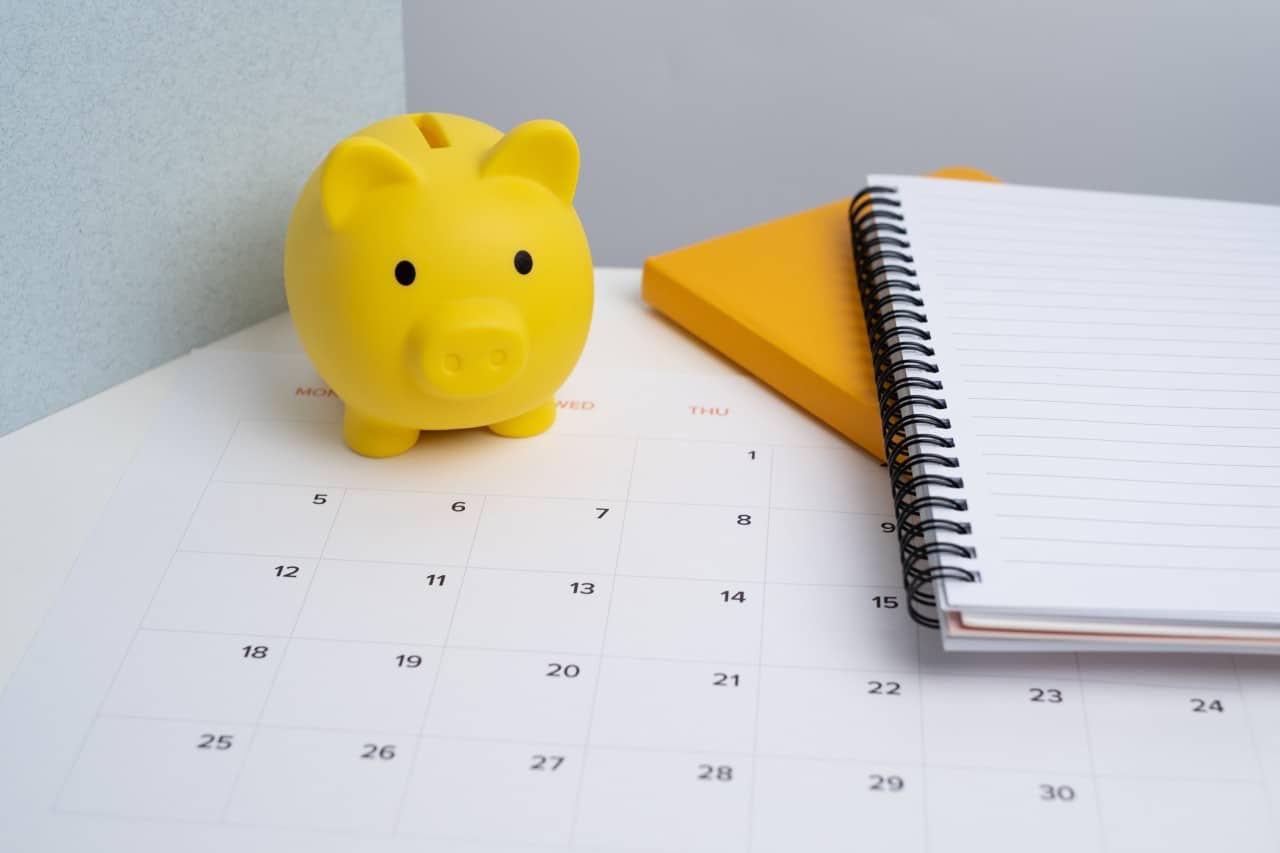When lowering the credit utilization ratio, it’s key to improving credit. However, you should watch out for the credit utilization on your credit card and line of credit because high credit utilization might drag down your credit score. Credit card interest rates also go up when you have a high credit utilization.
Since credit utilization has a significant impact on your credit score and interest rates, you must know how you can lower it. Here are some tips you should keep in mind.
What is Credit Utilization?
Credit utilization ratio (also referred to as credit utilization rate) is the amount of credit you’re currently using out of the available credit given to you by a banking institution or credit card company. This ratio is basically expressed as a percentage, and you can figure it out by dividing the total balances on your revolving credit by your credit limit, then multiply by 100.
It’s a smart move to maintain your credit card utilization ratio at 30% or below. Keep in mind that the higher this number, the lower your credit score will be.
If your credit utilization rate is low, on the other hand, it means that you’re not overspending your available credit. This better management of your credit can boost or improve your credit score. In this case, you won’t find it hard to obtain a loan with an advantageous term and interest rate.
What are the Ways to Lower Your Credit Utilization Ratio?
Now you know the importance of credit utilization, it’s time to know the ways how you can sustain or boost your credit by managing well your available credit.
Monitor Your Spending Habits
This tactic is the most obvious way to avoid overspending using your credit cards. Still, many people fail to follow this advice. Perhaps, it needs reiteration.
For that, you must determine how much you spend each week or each month using your credit cards by checking your per-card and overall credit utilization through your online accounts or credit profile.
You can stop making purchases using your credit card if you think that you’re nearing the ideal 30% utilization of your total credit limit. Just use a debit card or cash when you want to buy something, or you can use another credit card that is yet to be utilized or has lesser credit utilization.
Make Payments Early
Credit utilization rates are not generally determined by the amount you spend each month, but by the balance reported by your card issuer to the credit bureaus.
Sometimes, credit card issuers don’t divulge your spending and payment history to all three credit bureaus. There are also instances that they won’t send a credit report to either one of these bureaus. Usually, credit card providers submit your data at the end of each billing cycle.
Don’t forget to inquire about your credit card billing cycle or when your issuer reports your balance to credit bureaus so that you can make early payments of your balance. Discuss or make a dispute with your card issuer if the due date is not consistent.
Request for a Higher Credit Limit
If you want to have a broader leeway on how much you want to spend on your available credit without hurting your credit utilization rate, you can ask your card provider to increase your credit limit.
When you request a higher credit limit, your credit card issuer will assess your capacity to pay such an amount of credit. For example, your credit profile will be checked whether you have any late payments.
Your credit card issuer may also conduct a hard inquiry, especially if it’s your first time using a credit card or you’re just starting using it.
Pay Your Balance with a Personal Loan
You can minimize the balance on a revolving credit account and improve your credit utilization rate by paying it off using a personal loan. For instance, you can take out a personal loan with a more favourable interest rate than your credit card.
Personal loans are a type of installment credit, meaning they won’t have an impact on credit utilization ratios. An installment credit requires you to pay your debt with monthly installments. Also, it’s more affordable than a credit card in terms of interest rates.
You must have a good credit score to avail of its favourable interest rates. If you have a negative credit history, you may not also qualify to obtain the loan.
Do a Balance Transfer
There are credit cards that have exorbitant interest rates. When you take a credit card with a high-interest rate, it can significantly drive up your credit utilization ratio.
You can transfer your balances to a new credit card with a 0% annual percentage rate for its introductory period. This approach makes your credit card payment lesser and minimizes your credit utilization ratio for a better credit score.
Don’t Close Your Unused Credit Cards
Just keep your credit cards open even if you’re not using them. This approach actually helps you lower your credit utilization ratio.
Your total available credit will go down every time you close a credit card. This might cause your credit utilization to go up, especially if you don’t curb your spending habits. So, you must not worry if you have credit cards that you’re not using anymore. Just keep them open to make your credit utilization ratio and credit score better.
Takeaways for When Lowering Credit Utilization Ratio
Your credit utilization ratio has a significant impact on your credit score. The higher your credit utilization ratio, the lower your credit score will be. Watch out how you spend your available credit relative to your credit limit if you use revolving credit.
If you have some questions about credit utilization ratios, contact debt.ca for a free consultation. The website also has debt calculators that you can use to better manage your financial liabilities.
Related to: Tips for Lowering Credit Utilization Ratio
